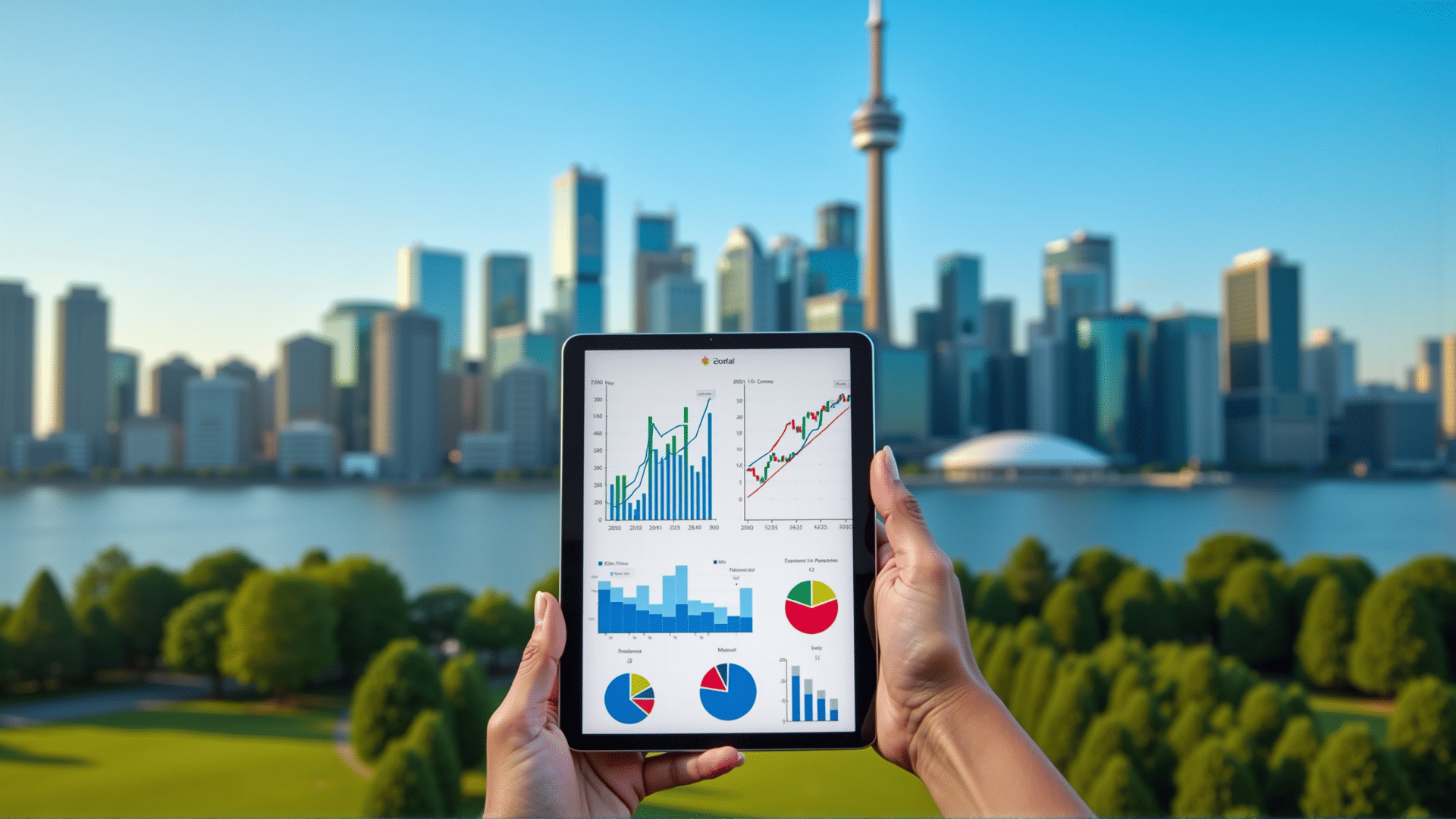Understanding economic indicators is crucial for making informed decisions that can significantly impact personal financial planning and management. These indicators provide valuable insights into the health and direction of an economy, aiding individuals in anticipating market movements and planning accordingly.
Key Economic Indicators
-
Gross Domestic Product (GDP): As a measure of a country's overall economic output, GDP indicates how prosperous an economy is. An increasing GDP signifies growth and expansion, which can lead to more job opportunities and increased consumer spending.
-
Unemployment Rate: This measures the percentage of the labor force that is jobless and seeking employment. A high unemployment rate may signal economic distress, while a low rate often correlates with a robust economy.
-
Inflation Rate: Inflation reflects the rate at which the general level of prices for goods and services is rising. Understanding inflation helps in assessing purchasing power. Persistent inflation can erode savings and increase the cost of living, whereas deflation might indicate economic challenges.
-
Consumer Price Index (CPI): This index examines the weighted average of prices of a basket of consumer goods and services. Monitoring the CPI helps individuals gauge inflation and its potential impact on their budgets.
-
Interest Rates: Central banks establish these rates, influencing borrowing and spending. Lower rates generally encourage borrowing and investing, while higher rates might do the opposite, thus affecting economic growth.
-
Employment Figures: Data on job creation and sectors showing employment growth is crucial for understanding economic momentum. A rising number of new positions can boost consumer confidence and spending.
-
Consumer Confidence Index: It measures how optimistic or pessimistic consumers feel about their financial foothold and the economy’s future. High confidence can lead to increased spending and vice versa.
Implications for Personal Financial Planning
Understanding these indicators empowers individuals to make proactive financial decisions. For example:
-
Budgeting and Saving: Awareness of inflation trends can help in creating a budget that accommodates potential increases in living expenses. It also emphasizes the necessity for maintaining a savings cushion.
-
Interest Rates on Loans: Knowing current interest rates allows for informed decisions regarding borrowing. Individuals can plan major purchases or refinance existing commitments accordingly.
-
Job Market Analysis: By tracking employment reports, one can forecast job market trends, which could influence career planning or further education and skill development.
-
Cost of Goods and Services: Monitoring CPI changes can prepare individuals for changes in everyday expenses, ensuring that their spending habits align with economic conditions.
By keeping abreast of these indicators, one can foster a more secure and strategic approach to managing their personal affairs, ultimately leading to greater control and peace of mind in an ever-evolving economic landscape.
